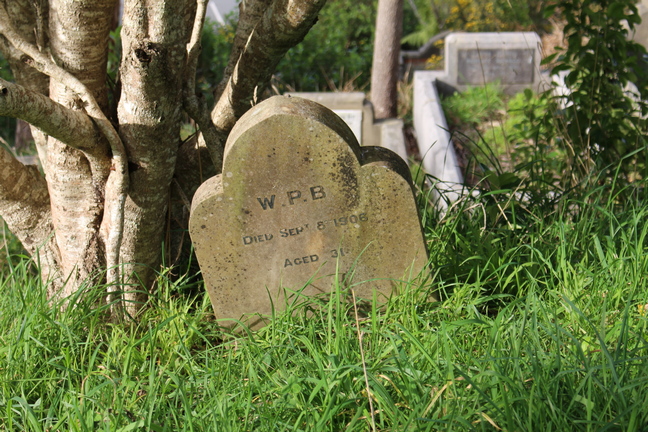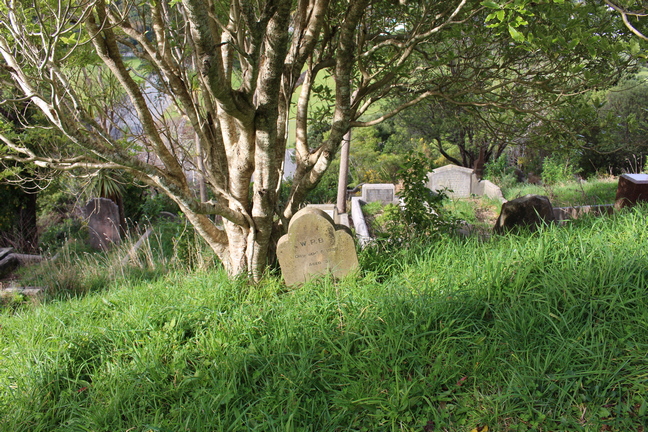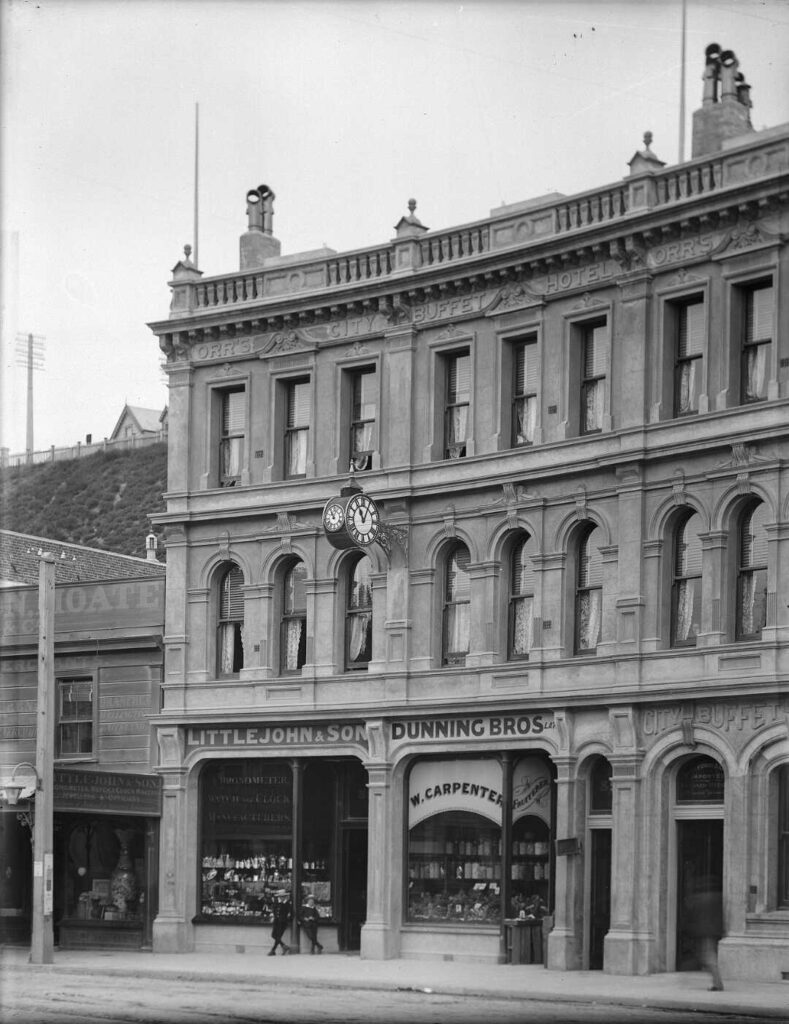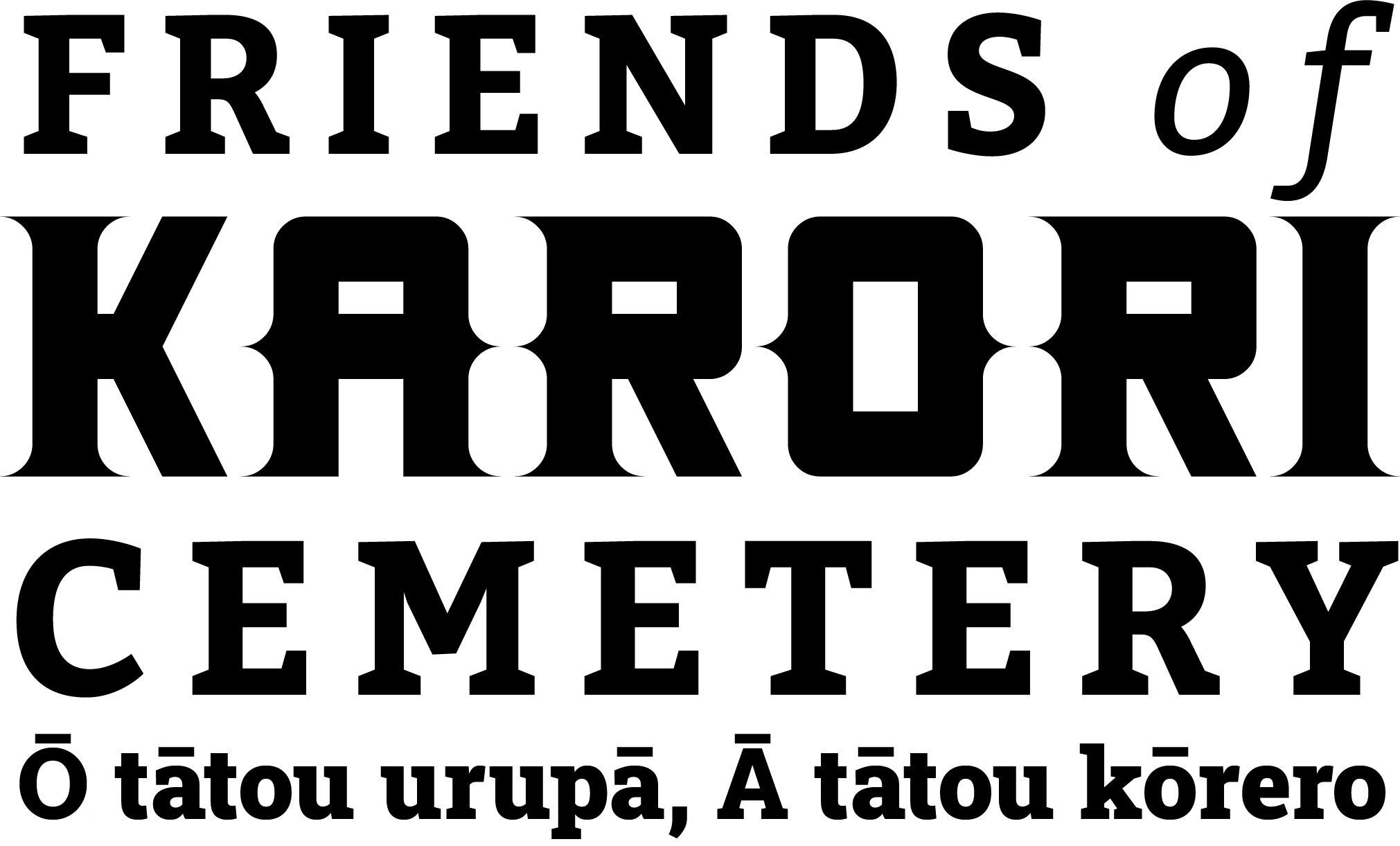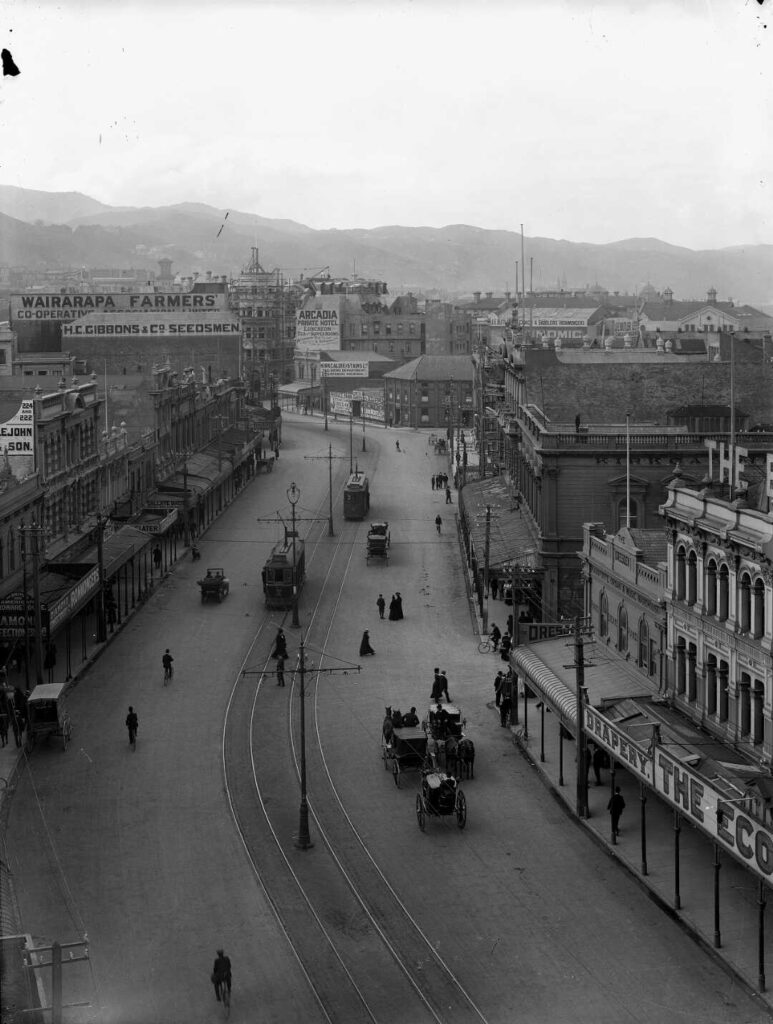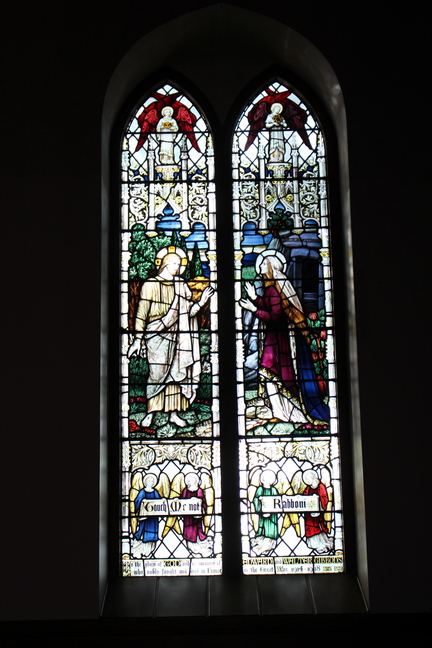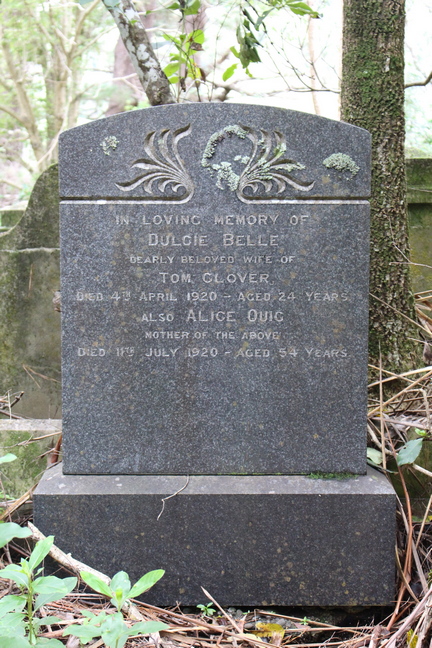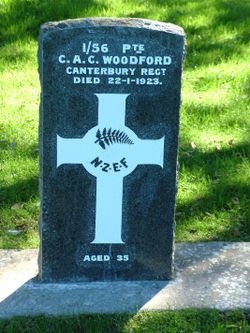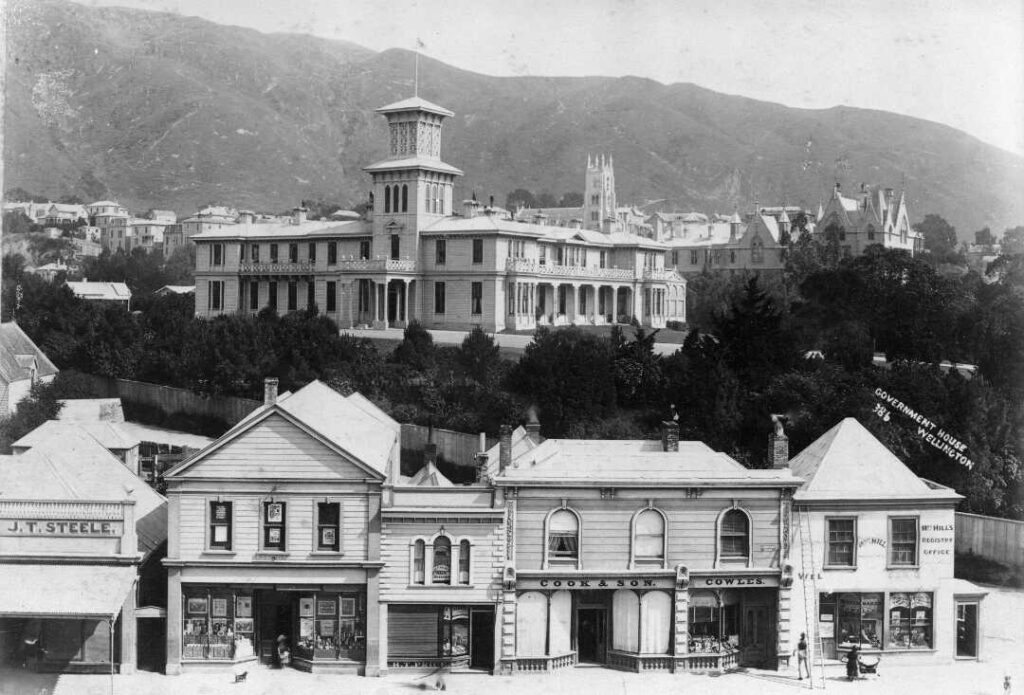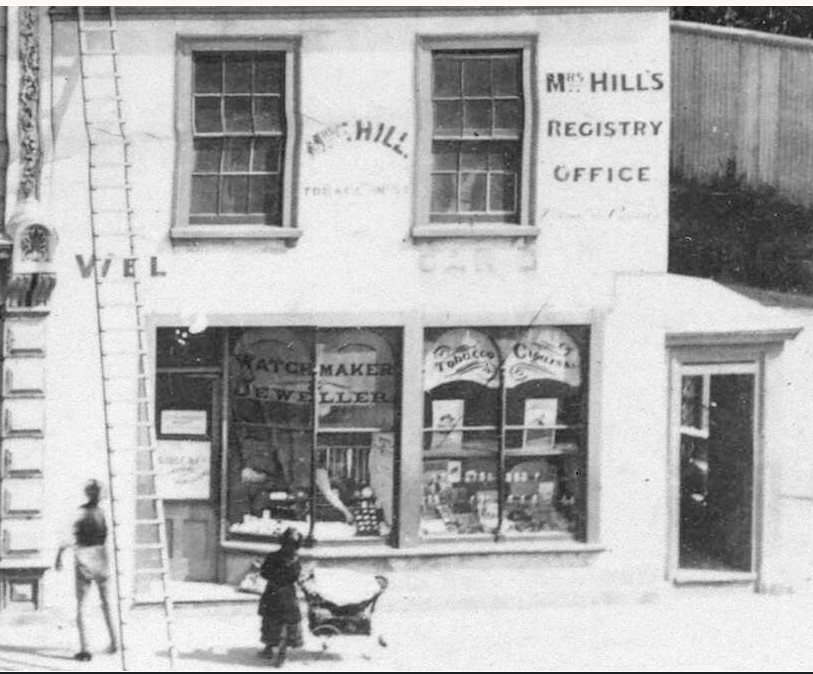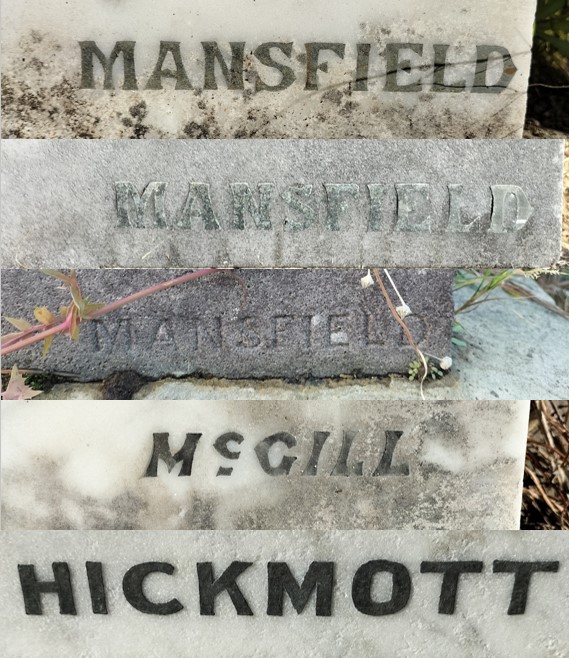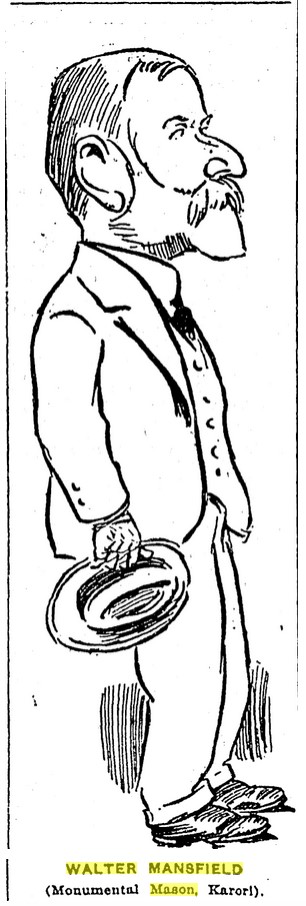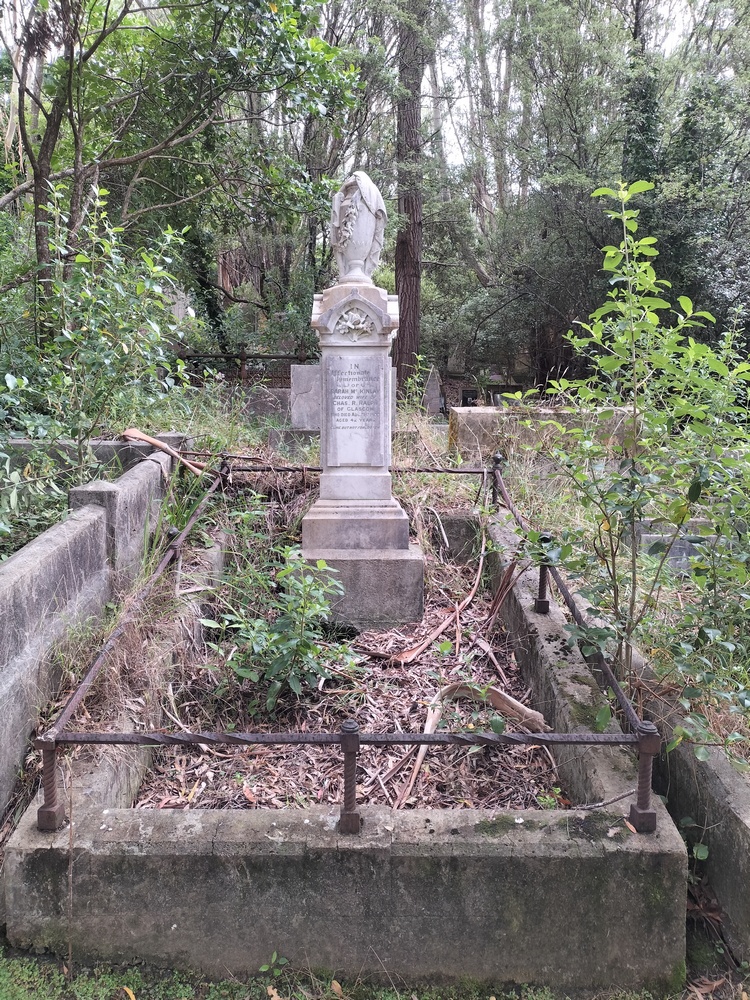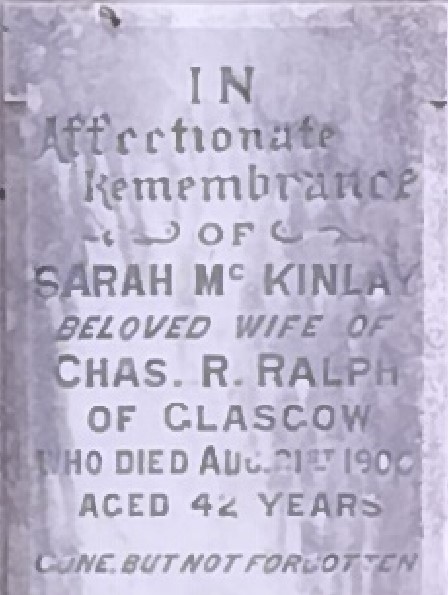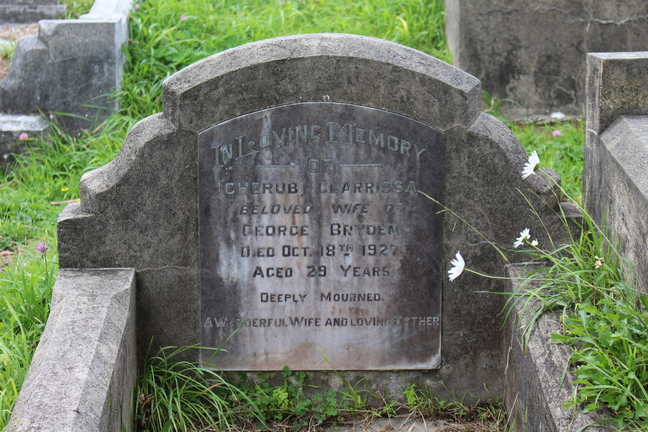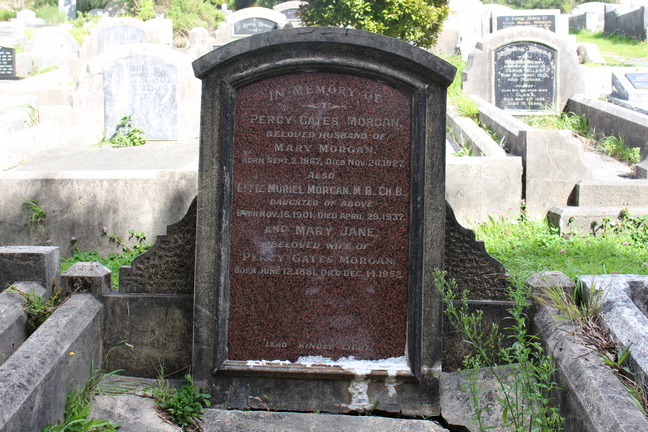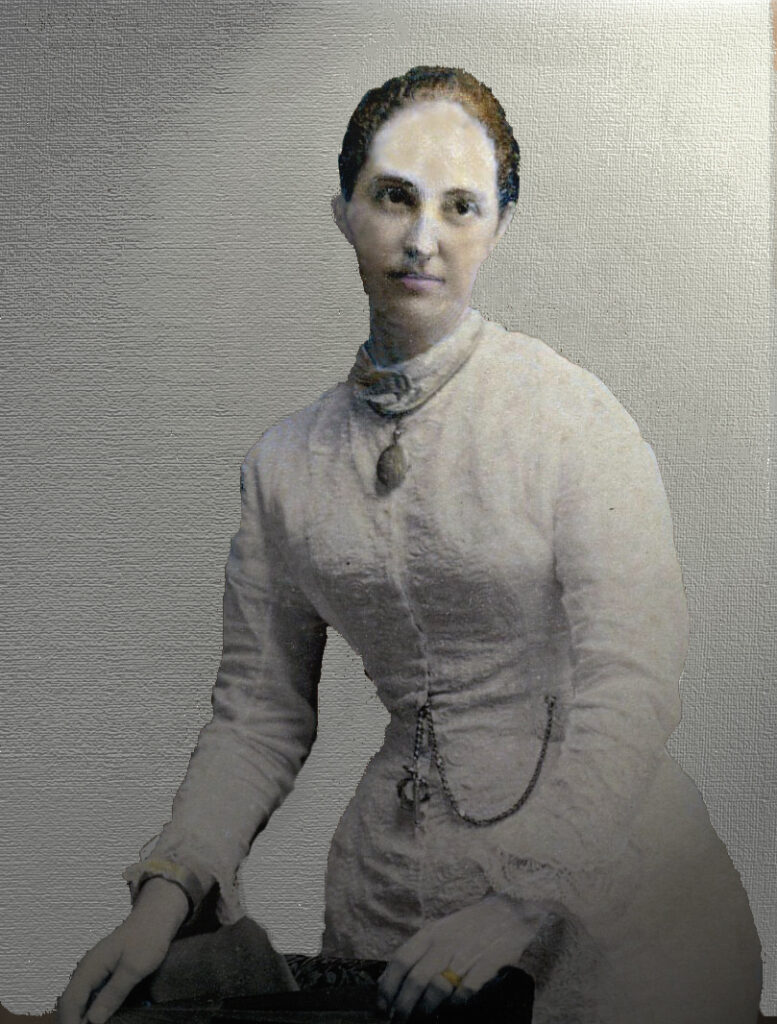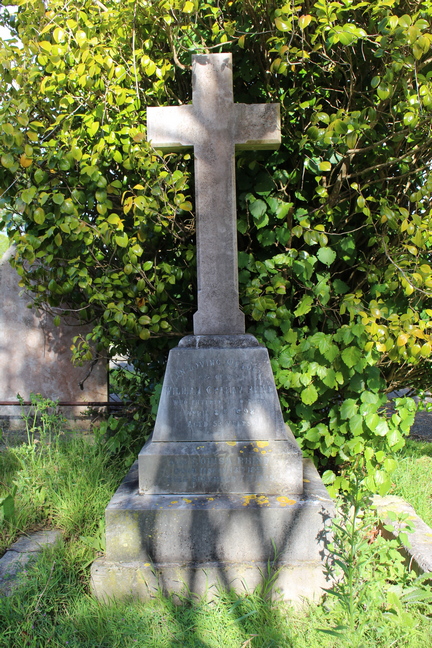Who is W.P.B?
The Burial Register provides the answer: Walter Phelps Bibbing.
His death in the newspaper says ‘Little is known of Bibbing. He came to Wellington by the Waikere on the 29th of the last month’. What can we find about him …
He was found dead in his room at the City Buffet Hotel, Lambton Quay, on 8th September 1906. There are indications that deceased took poison.
His inquest held at the morgue tells us that he came from Bristol, England but for some years past had been in South Africa and Australia. He had only recently come to New Zealand. He was a smart commercial traveller, and was not given to drinking habits. His circumstances were straitened since coming to Wellington. He also suffered from an advanced stage of a disease which possible inclined him to thoughts of suicide.
In his room was found an open packet of white powder marked ‘salts of lemon’. Another packet with a similar label was found which bore the name of the Willis Street chemist William Salek. Both packets were almost empty. It was a common household preparation used for cleaning hats and removing ink stains.
Following an examination of the body, it was determined that Walter had taken a great deal of it and this was the cause of death.
Walter had said to a friend about a week before his death that he was not ‘overburdened’ with money. Among his effects was found two pawntickets for small amounts and 6d in money.
Remarks in the Notice of Deceased Estates say ‘relatives unknown’. Presumably it was some kind friends who organised for his headstone. His parents were Thomas and Dorcas. Thomas was a private schoolmaster. They died in 1915 and 1920.
Public 2/G/64
